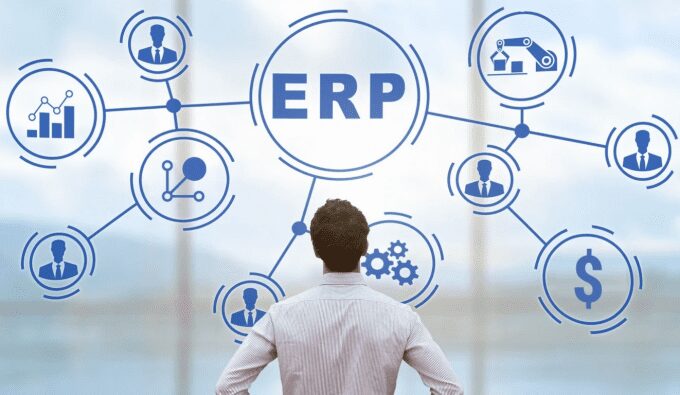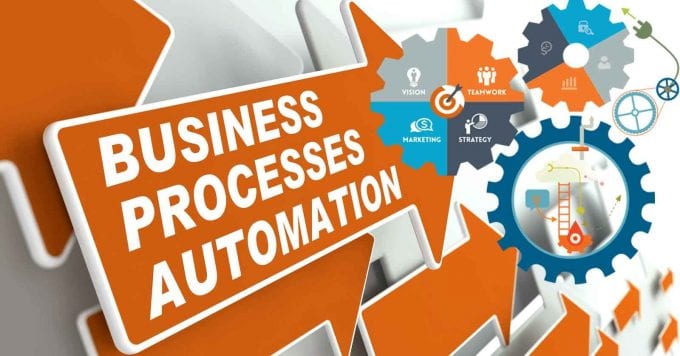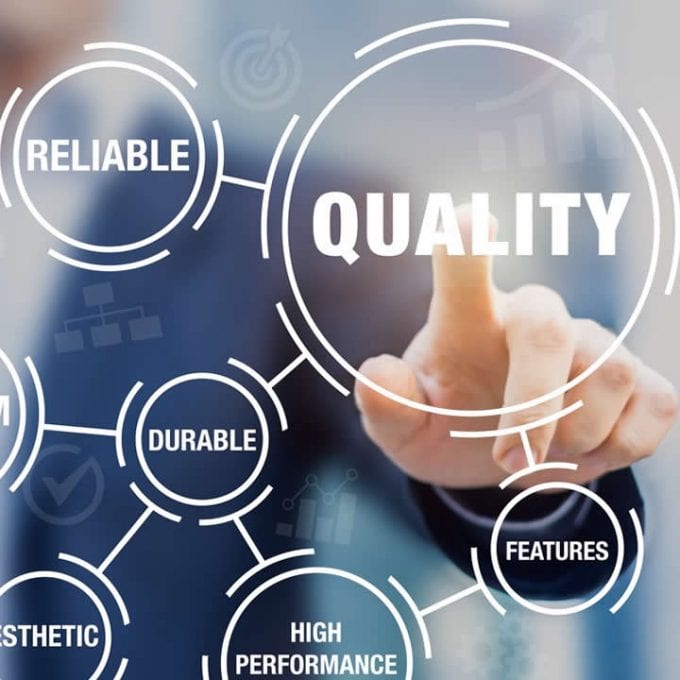“United we stand, divided we fall”. This famous phrase applies to more than war-like situations or superhero movies. It proves to be a good fit for business too.
By uniting mission-critical applications and systems or creating an integrated ecosystem, you can maximize outcomes of your business including, transparency, performance, and security. But, what tool or technology can you use to create such a union? Here lies the role of ERP integration solution. It can unite myriad applications or systems in such a way that data can be used effectively to help you ensure business success or avoid you the “fall” or demise. In this blog post, you’ll find what ERP data integration is and what are its benefits.
ERP Integration Explained

Enterprise resource planning software is a solution that is commonly used by organizations to simplify and automate business functions. It makes use of its centralized data hub to streamline workflows and promote data sharing. ERP systems, in addition, automate business processes to offer visibility and increase efficiency. For example, ERP could take information from a particular sales order and send financial data embedded in it to the company’s accounting program.
Using integration technology, ERP software is connected to other significant systems. This is done to ensure that information is shared consistently while workflows are automated. So, ERP integration plays a fundamental role in strengthening business infrastructure. Apart from that, it allows businesses to handle inconsistent data and clunky workarounds by centralizing information. This often leads to increased collaboration and enhanced transparency.
However, when not approached correctly, it can become the reason for organizational inefficiency. Here are the common pitfalls that need to be addressed.
- Quite long ago, ERP integration was file-based or batch-oriented that proved useful for handling inbound integrations. According to Adeptia, with the expansion of ERPs, the need to offer outbound data from the ERP to other systems in enterprise arises. Since such systems include mobile devices and web portals that require real-time information, traditional ERP integrations fall short.
- Organizations, in general, install modules from the same ERP vendor in the beginning. But, over time, their organizational needs increase and they often find themselves purchasing modules from myriad vendors. This calls the companies to change their existing integrations to other integrations that can pose difficulty. Not to mention, it is costly and gives rise to a brittle infrastructure.
- Companies need an ERP integration solution to not only merge their ERPs with internal systems but also integrate it to external systems that rely on relatively newer protocols. So, companies need an integration solution that encompasses newer protocols and not a traditional one.
All these pitfalls can be avoided if you use a modern ERP integration software such as ESB. Though ERP integration solutions such as point-to-point, custom etc. are a befitting option when the number of applications is less and the size of data is small, ESBs prove useful when systems turn complex. It works as a middle abstraction layer and reduces dependencies by separating the ERP system from other applications. ESB supports a multitude of data formats and protocols to allow businesses build a brighter future for them. It is easy to expand, offers flexibility and scalability.
Benefits of ERP Integration

After having a basic understanding of ERP integration and knowing the role of ESB, let’s examine some of its most common benefits and how they can influence a company’s bottom line.
1. Centralized Data:
With the help of an ERP data integration solution, all the data can be placed in one accessible location. For example, a company’s accounting team wouldn’t have to reach out to the sales team to receive a record of revenue. They can simply access the information from the centralized location. This facilitates business processes and cuts downtime that employees take to wait on people in various departments to offer them the information necessary for task completion.
2. Workflow Visualization:
Data centralization goes hand in hand with higher visualization of crucial tasks and business workflows. In addition, integration along with project management software enables employees to see what their peers are operating on. This proves beneficial when employees have to request feedback from a fellow employee.
3. Automated Business Processes:

Modernized ERP integration is responsible for streaming business processes across workflows. This, as a result, reduces the amount of manual input required and the time taken to complete the tasks.
4. Reduction in Human Intervention:
Since ERP integration solutions increase the degree of automation in business workflows, there is an opportunity to decrease error frequency. This also helps in cutting down the delays that can impact the performance of the business. So, by reducing human intervention, companies can not only increase the accuracy of operations but also gain a competitive advantage.
5. Quality of data is improved:

With a centralized database system, ERP integration helps companies automate business processes and mission-critical operations without compromising data quality. It streamlines information flow and most importantly improve business intelligence, making organizations easier to do business with.
6. Overhead cost is reduced:
There was a time when ERP systems were costly, especially when factors such as the amount of time it would take to train your staff for compliance were considered. However, ERP systems have undergone an evolution, their prices have fallen, and ERP integration does not encompass unnecessary delays. ERP integration software automates lengthy, arduous business processes and improves efficiency to help businesses make informed decisions.
7. Faster Onboarding:

With an onboarding system is slow and offers difficulty, companies are not able to provide a delightful experience to their customers. This proves harmful for businesses to grow, impacting sales and revenue. However, with a faster onboarding system, companies can foster better relationships with their customers and therefore expand the customer base. Now, ERP integration solutions can help organizations make onboarding faster by up to 80%, boosting sales and revenue.









